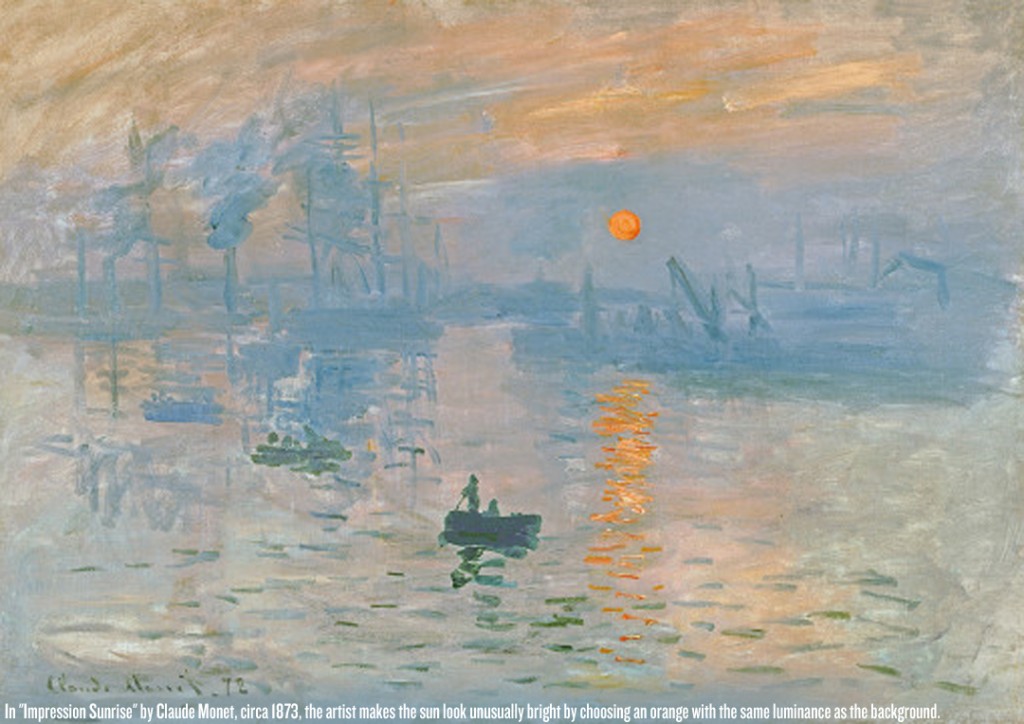Elizabeth Landau recently published a fascinating piece for CNN which takes a look at the neuroscience of how the human brain perceives art. She opens her feature with a quote from Pablo Picasso which reads, “We all know that Art is not truth. Art is a lie that makes us realize truth, at least the truth that is given us to understand. The artist must know the manner whereby to convince others of the truthfulness of his lies.” She breaks down the neuroscientific understandings into various distinct sub-groups, and the following is an excerpt:
… That a line drawing of a face can be recognized as a face is not specific to any culture. Infants and monkeys can do it. Stone Age peoples did line drawings; the Egyptians outlined their figures, too. It turns out that these outlines tap into the same neural processes as the edges of objects that we observe in the real world. The individual cells in the visual system that pick out light-dark edges also happen to respond to lines, Cavanagh said. We’ll never know who was the first person to create the first “sketch,” but he or she opened the avenue to our entire visual culture.
… Patrik Vuilleumier at the University of Geneva and colleagues figured out that the amygdala, a part of the brain involved in emotions and the “flight or fight response,” responds more to blurry photos of faces depicting fear than unaltered or sharply detailed images. At the same time, the part of our brain that recognizes faces is less engaged when the face is blurry. Cavanagh explains that this may mean we are more emotionally engaged when the detail-oriented part of our visual system is distracted, such as in Impressionist works where faces are unrealistically colorful or patchy.
… When our brains recognize a color contrast but no light contrast, that’s called “equal luminance,” and it creates a sort of shimmering quality, Livingstone said. And that’s what’s going on in a Monet painting.
You can read the entire feature by visiting CNN.com. Understanding how the human brain perceives and responds to art and beauty has always been a huge source of fascination for me, and if you enjoy Landau’s feature for CNN you might also be interested in this FEELguide story from June 2011: “NOVA Explores Music’s Powerful And Mysterious Effect On The Human Brain“.


